Description
Classical Hollywood cinema Experience Collection to commerate narrative and visual style of filmmaking that first developed in the 1910s to 1920s during the later years of the silent film era.
It then became characteristic of American cinema during the Golden Age of Hollywood from about 1927, with the advent of sound film,until 1969.
It eventually became the most powerful and pervasive style of filmmaking worldwide.
Similar or associated terms include classical Hollywood narrative, the Golden Age of Hollywood, Old Hollywood, and classical continuity.
The period is also referred to as the studio era, which may also include films of the late silent era.
The narrative and visual style of classical Hollywood style developed further after the transition to sound-film production.
The primary changes in American filmmaking came from the film industry itself, with the height of the studio system. This mode of production, with its reigning star system promoted by several key studios,had preceded sound by several years. By mid-1920, most of the prominent American directors and actors, who had worked independently since the early 1910s, had to become a part of the new studio system to continue to work.
The beginning of the sound era itself is ambiguously defined. To some, it began with The Jazz Singer, which was released in 1927, when the Interbellum Generation came of age and increased box-office profits for films as sound was introduced to feature films. To others, the era began in 1929, when the silent age had definitively ended.
Most Hollywood pictures from the late 1920s to 1960s adhered closely to a genre — Western, slapstick comedy, musical, animated cartoon, and biopic (biographical picture) — and the same creative teams often worked on films made by the same studio. For instance, Cedric Gibbons and Herbert Stothart always worked on MGM films; Alfred Newman worked at 20th Century Fox for twenty years; Cecil B. DeMille‘s films were almost all made at Paramount Pictures;[15] and director Henry King‘s films were mostly made for 20th Century Fox. Similarly, actors were mostly contract players. Film historians note that it took about a decade for films to adapt to sound and return to the level of artistic quality of the silents, which they did in the late 1930s when the Greatest Generation came of age.[citation needed]
Many great works of cinema that emerged from this period were of highly regimented filmmaking. One reason this was possible is that, as so many films were made, not every one had to be a big hit. A studio could gamble on a medium-budget feature with a good script and relatively unknown actors.
This was the case with Citizen Kane (1941), directed by Orson Welles and regarded as one of the greatest films of all time. Other strong-willed directors, like Howard Hawks, Alfred Hitchcock and Frank Capra, battled the studios in order to achieve their artistic visions.
The apogee of the studio system may have been the year 1939, which saw the release of such classics as The Wizard of Oz; Gone with the Wind; The Hunchback of Notre Dame; Stagecoach; Mr. Smith Goes to Washington; Destry Rides Again; Young Mr. Lincoln; Wuthering Heights; Only Angels Have Wings; Ninotchka; Beau Geste; Babes in Arms; Gunga Din; The Women; Goodbye, Mr. Chips; and The Roaring Twenties

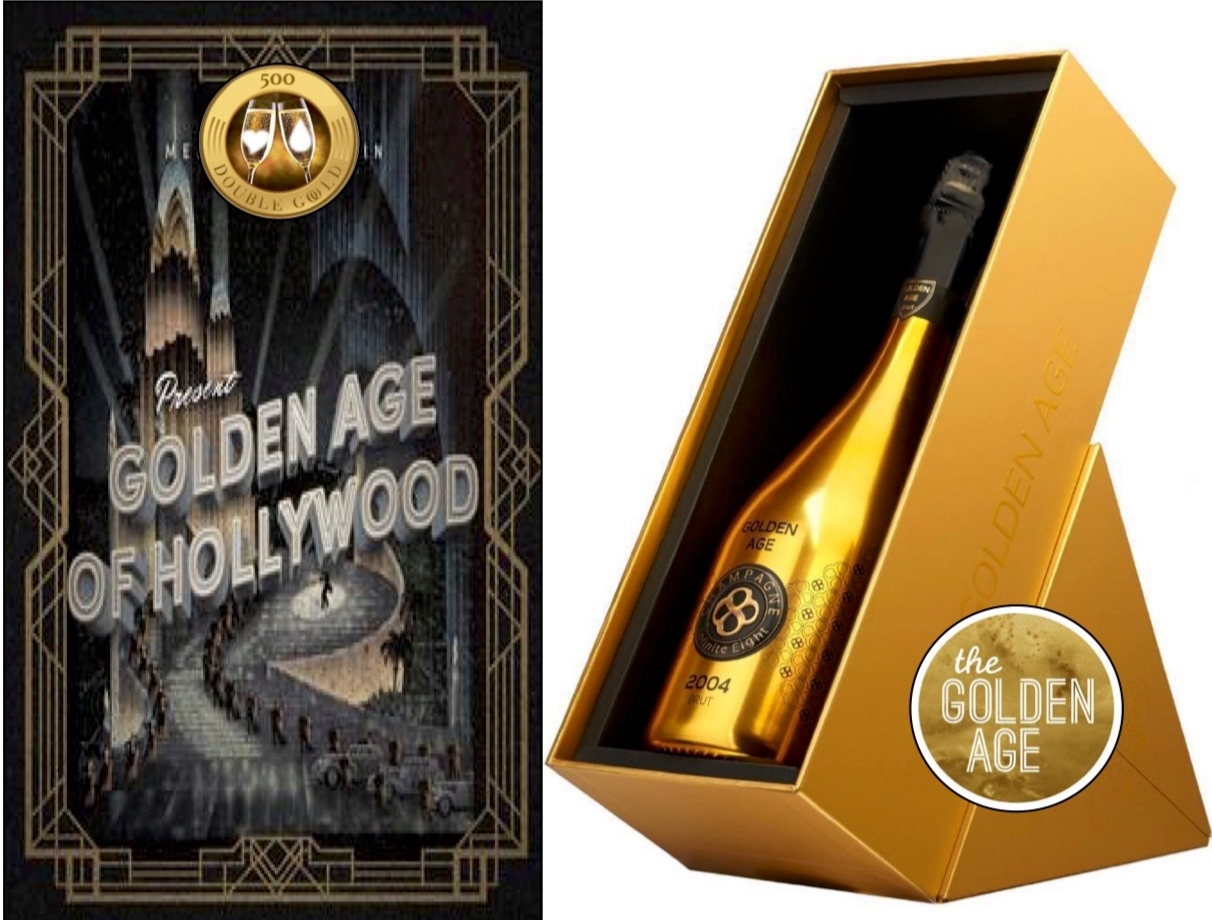


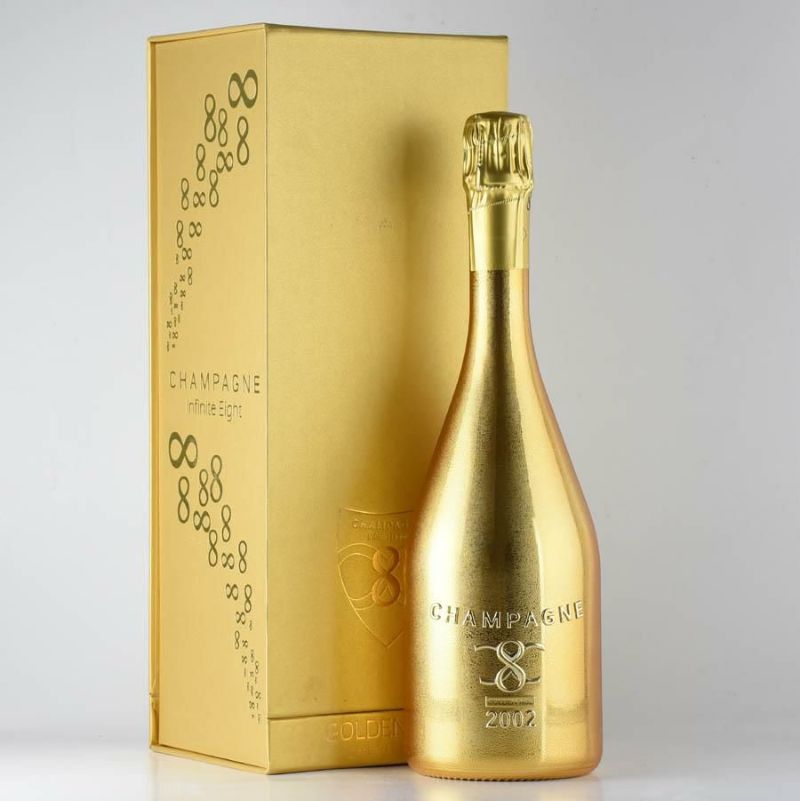
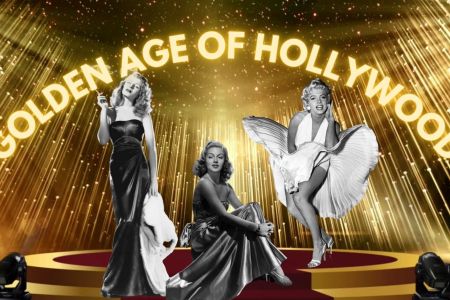
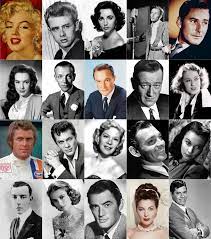
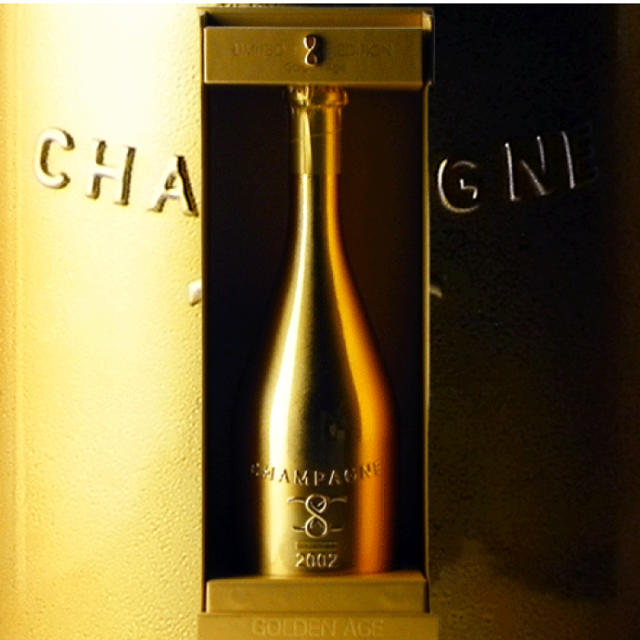
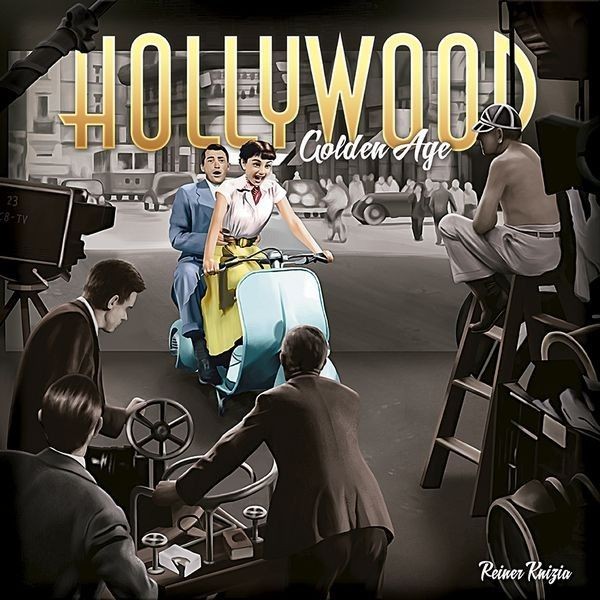
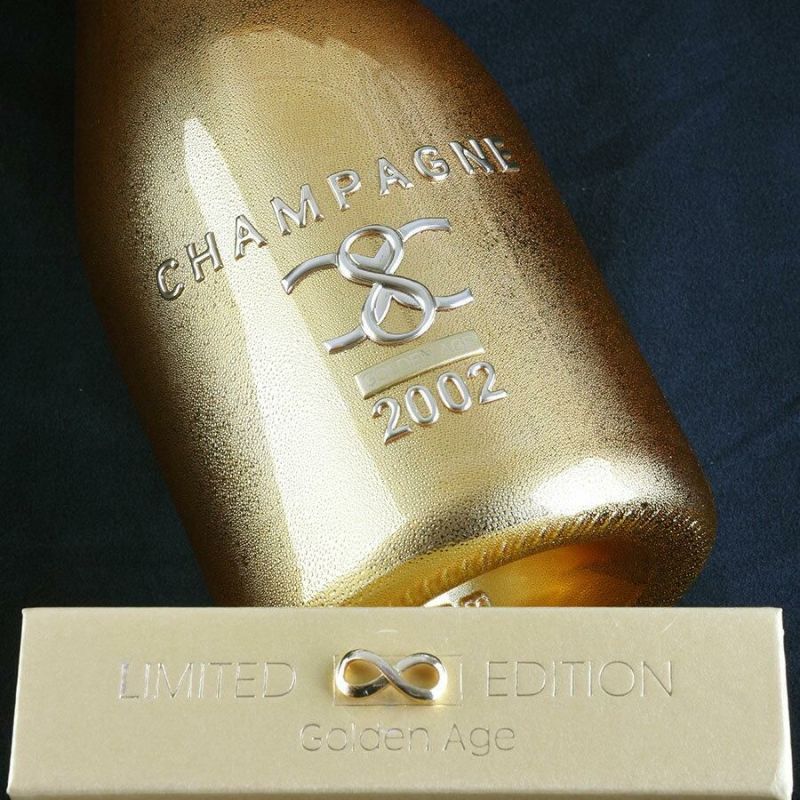
Reviews
There are no reviews yet.